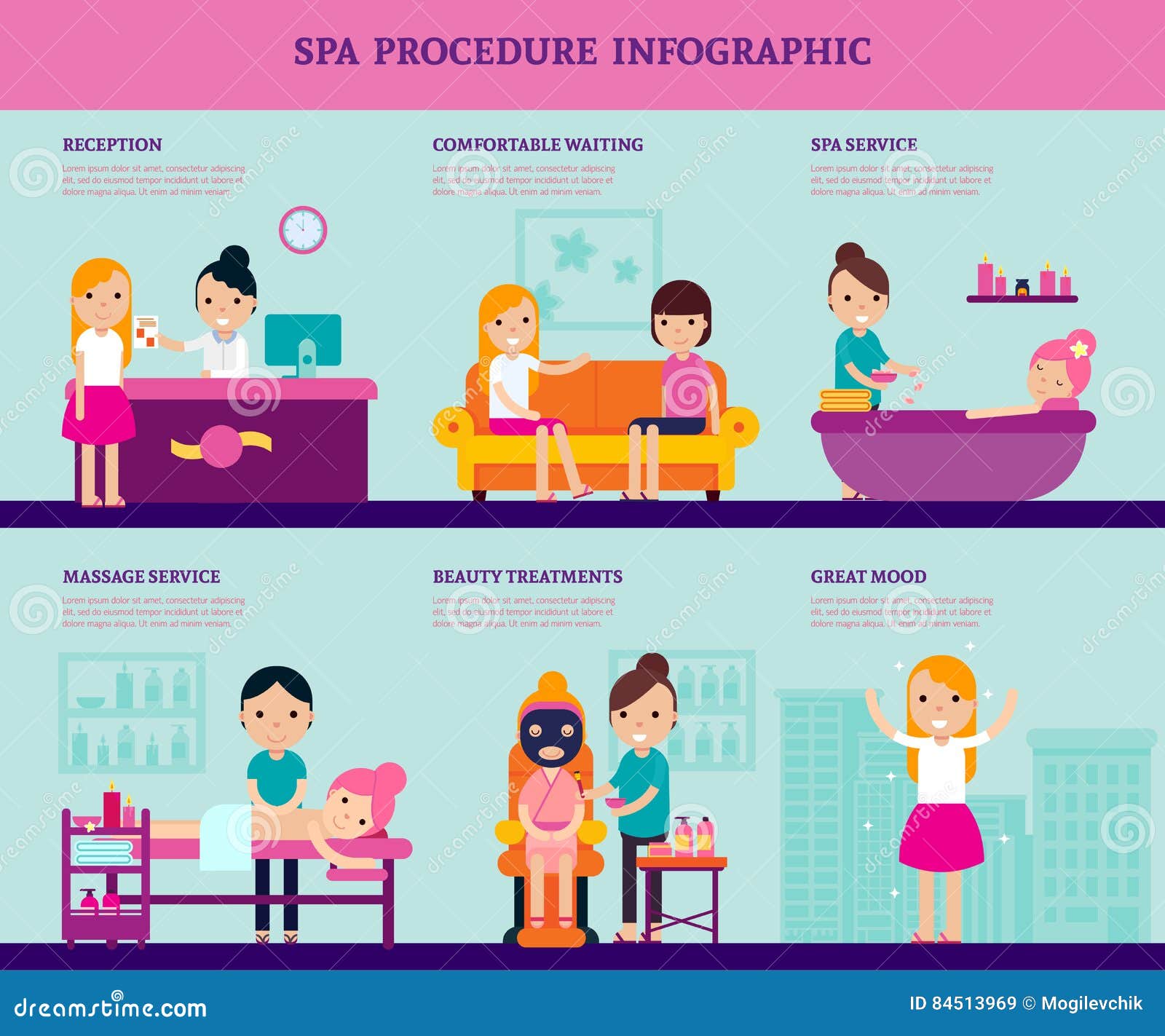Acne And Environment
Acne And Environment
Blog Article
Acne Scars and Post-Acne Treatment
Acne scars and dark marks can remain also after the acne itself has cleared. However there are numerous all-natural, non-prescription and medical treatments that can minimize their appearance.
Ice choice marks are tiny impressions that resemble pinpricks; rolling scars have a wave-like appearance and superficial depth; boxcar marks have clear sides; hypertrophic marks are elevated bumps. Therapies consist of skin needling, where your medical professional rolls a needle-studded tool over the skin; and medical excision, when a healthcare specialist remove deep marks.
1. Scrub
Acne marks discolor best when they aren't covered with dead skin cells. Exfoliation eliminates the accumulation and enables fresh skin cells to find to the surface. It also makes acne scars less recognizable.
A skin doctor can advise peeling approaches for your details skin kind. Dry skin might take advantage of peeling with scrubs or other mechanical techniques, while oily skin may need a chemical peel. Those with darker skin tones require to be mindful making use of more powerful chemical therapies, as they can trigger dark spots and sensitivity.
If you have acne marks, stay clear of selecting or pressing at them, which can make them even worse. Inflammation triggered by irritation increases the chance of scarring. Selecting can leave ice-pick marks, which are slim imprints with a point at the end. You can also obtain boxcar marks, which are imprints with larger edges. You can also create hypertrophic or keloid marks. These are increased bumps of scar tissue that can be scratchy and agonizing.
2. Hydrate
After completing your acne treatment, maintaining skin clear and healthy and balanced needs a regular skin care routine that secures from outbreaks and reduces post-acne marks. This consists of a gentle cleanser and moisturizer, non-comedogenic items that do not block pores, and avoiding foods that aggravate skin or trigger acne flare-ups.
Making use of a lightweight, non-comedogenic moisturizer with active ingredients like hyaluronic acid and glycerin can aid moisturize skin while also boosting skin appearance and promoting healing. Seek an item that is formulated without scent or parabens.
An item that targets remaining acne marks with ingredients such as skin-brightening tranexamic acid and bakuchiol can boost dark areas or uneven tone brought on by swelling. It gently resurfaces the skin while smoothing harsh and distinctive areas. An item that integrates a retinoid and a plant-based retinol alternative can additionally enhance the appearance of much deeper scars while all at once targeting existing imperfections and avoiding future breakouts.
3. Hide
When your acne scars recover, you can hide them with make-up and a concealer. Just see to it you're just applying the item over scars that are fully recovered (not fresh ones), states Sotomayor. Then, finish your appearance with a strong lip color or declaration smoky eye shadow for maximum impact.
When it pertains to choosing a structure or tinted moisturizer, it is necessary to choose one that is noncomedogenic and oil-free. This will certainly assist keep your skin clear and protect against the blocking of pores that can bring about brand-new breakouts.
The exact same goes for picking a concealer. Search for a formula that supplies full insurance coverage however still really feels lightweight and blendable on the skin. Also, when concealing indentations from acne marks, it's a good concept to find a shade that matches your all-natural skin tone (as opposed to a shade lighter dermatologica or darker). This will certainly assist hide the indents more effectively. This beneficial balm is an excellent alternative for brightening and lightening post-inflammatory hyperpigmentation, which can be brought on by acne or other inflammatory skin disease. It includes moistening panthenol, softening shea butter and strengthening peptides that minimize redness and scaly appearance.
4. See Your Skin specialist
The marks that form from extreme acne frequently call for treatment by a physician or skin doctor. Before that can take place, though, an individual must have their acne controlled. This consists of not picking or pressing acne places, and utilizing mild cleansers and water-based non-comedogenic products that won't obstruct pores.
If drugstore cleansers and area therapies aren't clearing your skin, routine a consultation with a dermatologist. The skin specialist can recommend other therapies that help clear your skin without drying it out or bothersome it.
A dermatologist can additionally treat various other kinds of post-acne marks, including dark places that are a type of hyperpigmentation called PIH (post-inflammatory hyperpigmentation). A topical retinoid like adapalene can visibly lighten these marks and discolor them promptly. For other kinds of marks, the medical professional can suggest a much more extensive treatment. This might consist of microdermabrasion or chemical peels off that are done right in the office. Depending upon the extent of your scars, these treatments might require to be repeated.